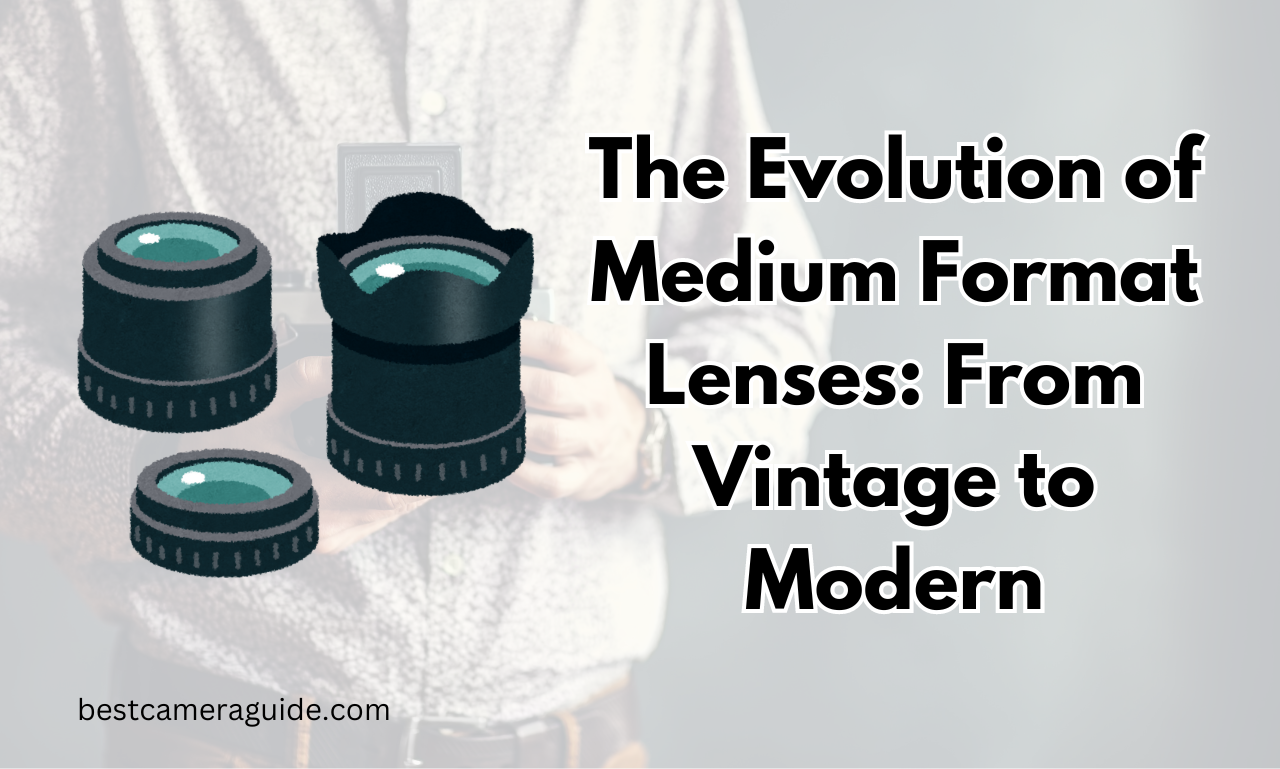Medium format lenses have transformed photography, evolving from vintage classics to modern marvels. These lenses have played a crucial role in shaping the art and science of capturing images.
This article explores the journey of medium format lenses, highlighting the changes and advancements that have made them indispensable tools for photographers.
What Defines a Vintage Medium Format Lens?
| Image | Product | Price |
|
Our Pick
1
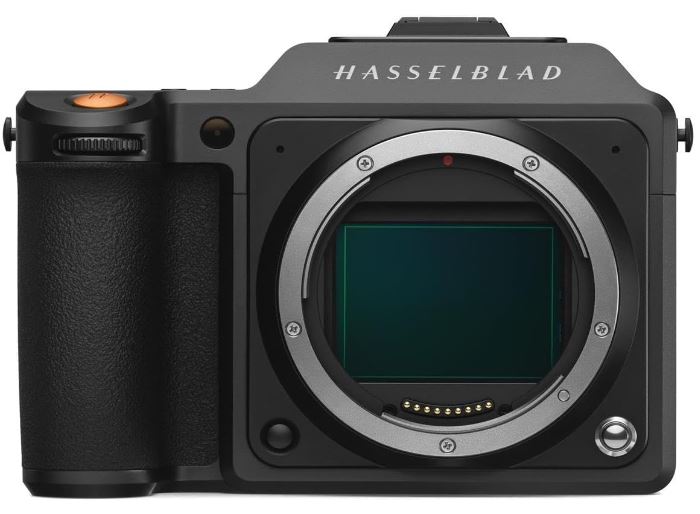
|
Hassel X1D |
|
|
2
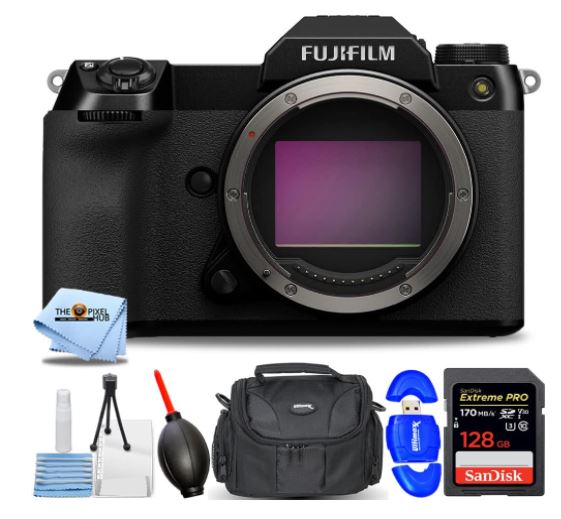
|
Fujifilm GFX |
|
|
3
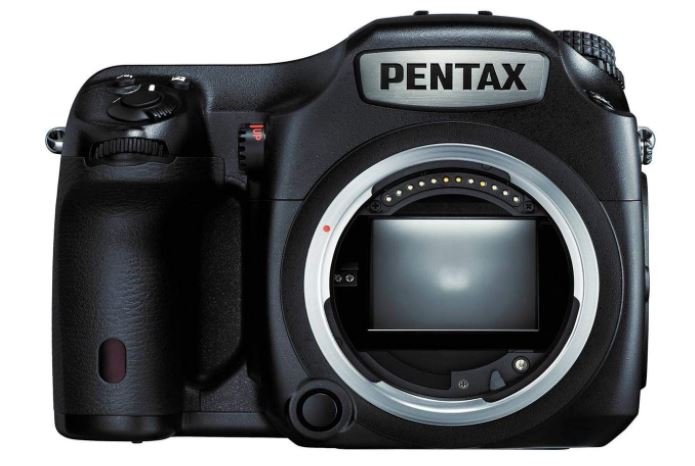
|
Pentax 6457 |
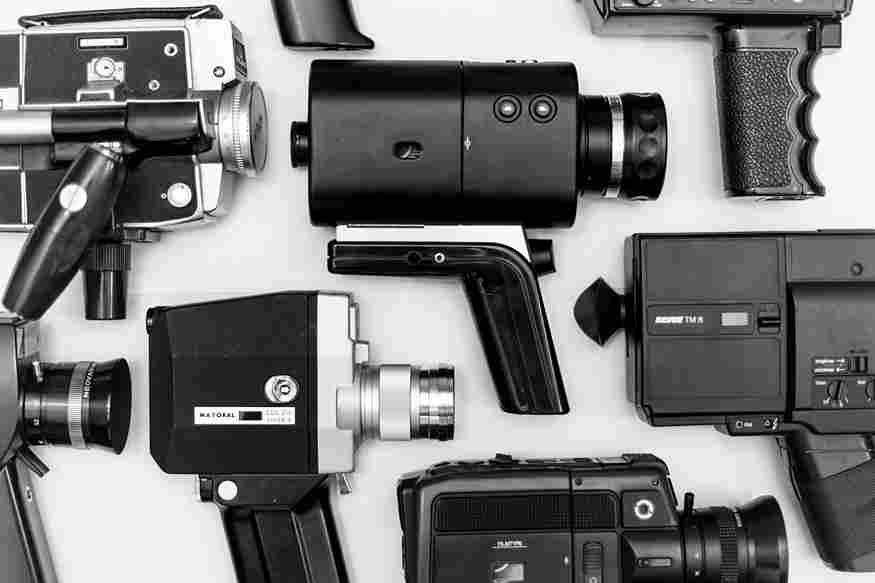
Vintage medium format lenses are known for their unique build and optical qualities. These lenses were typically manual focus, with a mechanical design that offered photographers full control over their shots.
While they may lack the automation of modern lenses, their craftsmanship and character make them highly sought after by collectors and photographers alike.
How Have Medium Format Lenses Evolved?
The evolution of medium format lenses can be seen in their construction, materials, and technology. Early lenses were often made of brass and glass, offering durability and a distinctive look. Over time, manufacturers began incorporating advanced coatings and lighter materials, improving lens performance and portability. Modern lenses also feature autofocus and image stabilization, enhancing their usability in various shooting conditions.
What Are the Key Features of Modern Medium Format Lenses?
Modern medium format lenses are equipped with features like autofocus, image stabilization, and weather sealing. These advancements make them suitable for both studio and outdoor photography. Additionally, modern lenses are designed to work seamlessly with digital cameras, offering sharper images and better color reproduction.
Why Do Some Photographers Still Prefer Vintage Lenses?
Despite the advancements in lens technology, some photographers prefer vintage lenses for their unique characteristics. Vintage lenses often produce images with a distinct look, characterized by softer focus and unique bokeh. These lenses also offer a tactile shooting experience that many photographers find appealing.
How Do Vintage Lenses Compare to Modern Ones in Terms of Image Quality?
Image quality has improved significantly with modern lenses, thanks to advancements in optical design and materials. Modern lenses offer sharper images with better contrast and color accuracy. However, vintage lenses can still produce stunning results, especially when paired with digital cameras that can correct some of their optical imperfections.
What Role Does Technology Play in Modern Lens Design?
Technology has played a significant role in the evolution of medium format lenses. Modern lenses benefit from computer-aided design, allowing manufacturers to create more precise optics. Additionally, advancements in glass and coating technologies have improved lens performance, reducing issues like chromatic aberration and flare.
Are Vintage Lenses Compatible with Modern Medium Format Cameras?
Many vintage medium format lenses can be adapted for use with modern cameras. However, there are limitations, such as the lack of autofocus and potential issues with image quality. Adapters are available that allow photographers to use these lenses, but it’s important to understand the trade-offs involved.
How Can Photographers Maximize the Potential of Vintage Lenses?
To get the best results from vintage lenses, photographers should understand their quirks and limitations. Techniques like manual focusing and using lens hoods can help improve image quality. Additionally, post-processing can be used to correct some of the imperfections that vintage lenses may introduce.
What Are the Most Iconic Medium Format Lenses in History?
Several medium format lenses have earned iconic status over the years. These include lenses from brands like Hasselblad, Zeiss, and Mamiya, which are known for their exceptional build quality and optical performance. These lenses have been used by famous photographers to capture some of the most iconic images in history.
What Does the Future Hold for Medium Format Lenses?
The future of medium format lenses looks promising, with manufacturers continuing to innovate. We can expect to see more lenses with advanced features like improved autofocus, lighter materials, and better compatibility with digital systems. These advancements will likely make medium format lenses even more versatile and accessible to photographers.
FAQs
Q1: Are modern medium format lenses better than vintage ones?
A1: Modern lenses generally offer better image quality and features, but vintage lenses have a unique charm that some photographers prefer.
Q2: Can I use vintage medium format lenses on my digital camera?
A2: Yes, with the right adapters, many vintage lenses can be used on modern digital cameras.
Q3: What makes a medium format lens different from other lenses?
A3: Medium format lenses are designed for cameras with larger sensors, offering better image quality and more detail compared to smaller formats.
Conclusion
The evolution of medium format lenses from vintage to modern reflects the advancements in technology and photography. While modern lenses offer superior image quality and convenience, vintage lenses remain popular for their unique characteristics and timeless appeal. As technology continues to evolve, medium format lenses will undoubtedly continue to play a crucial role in photography.

